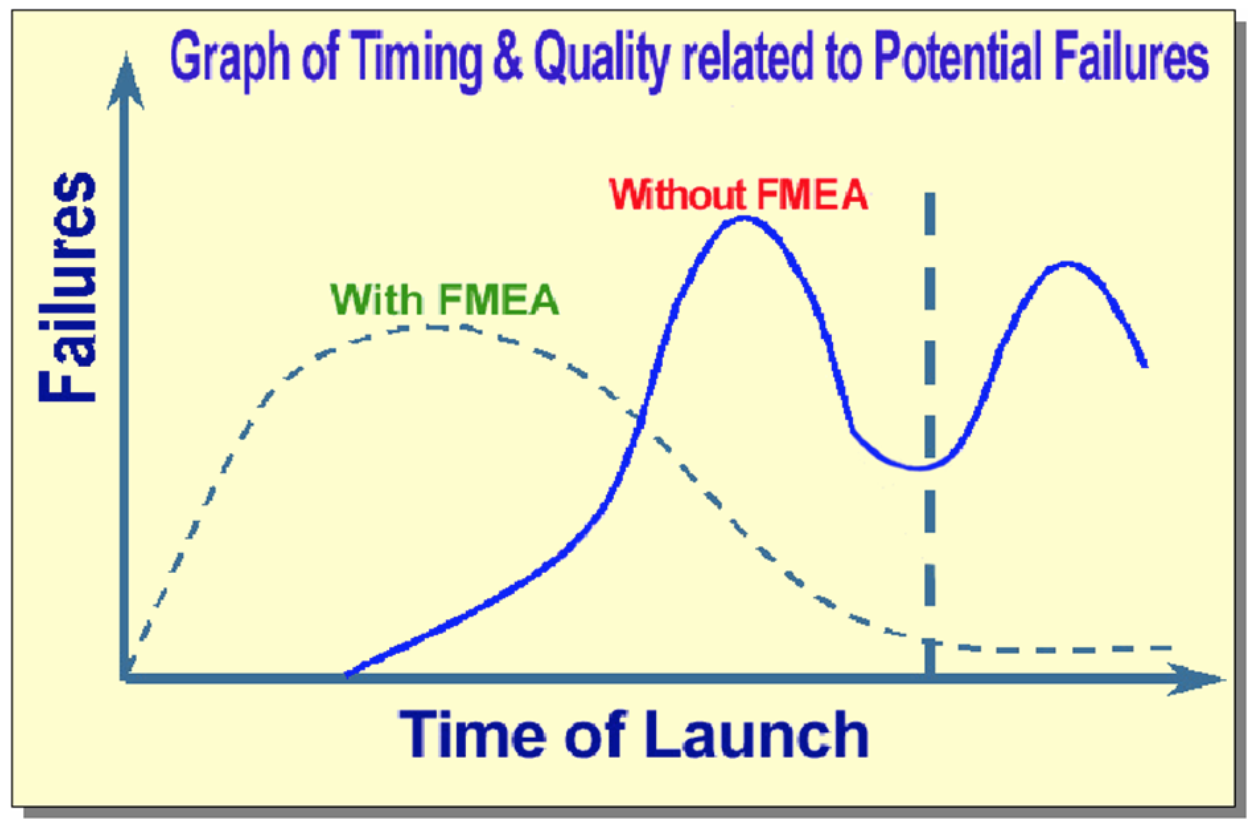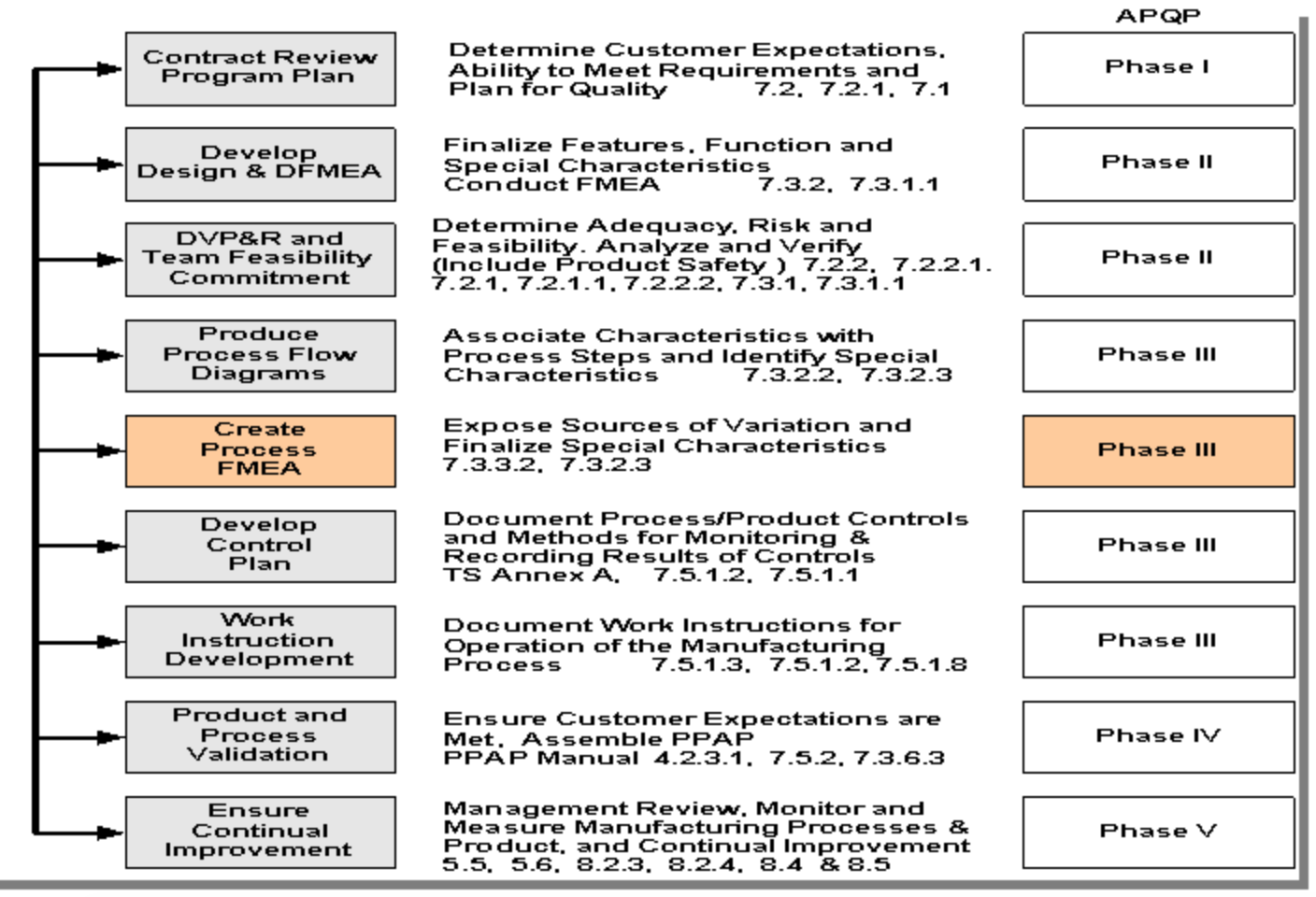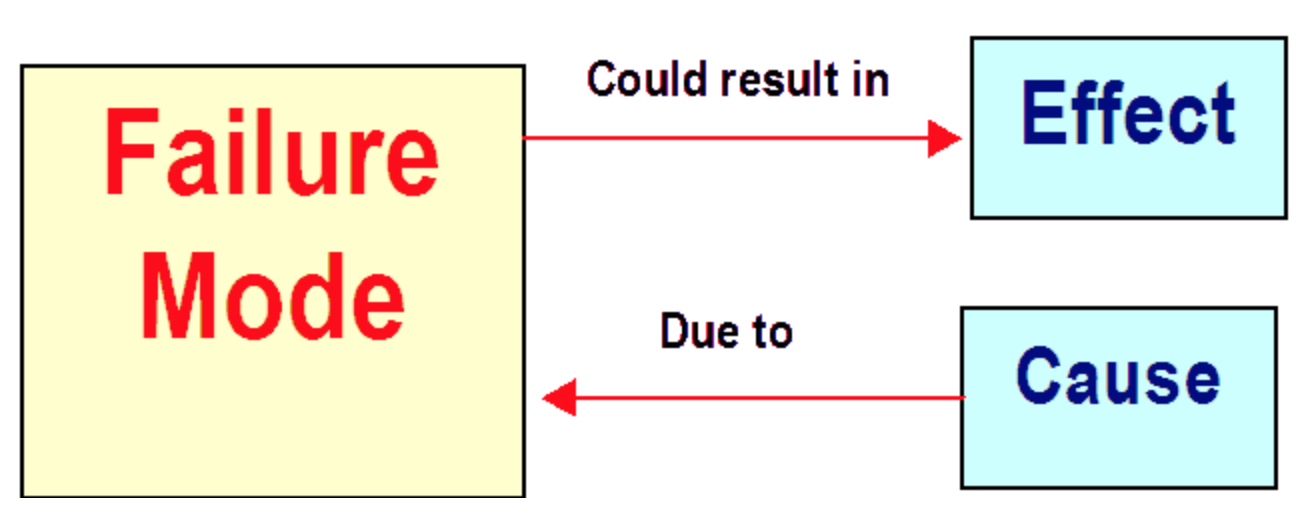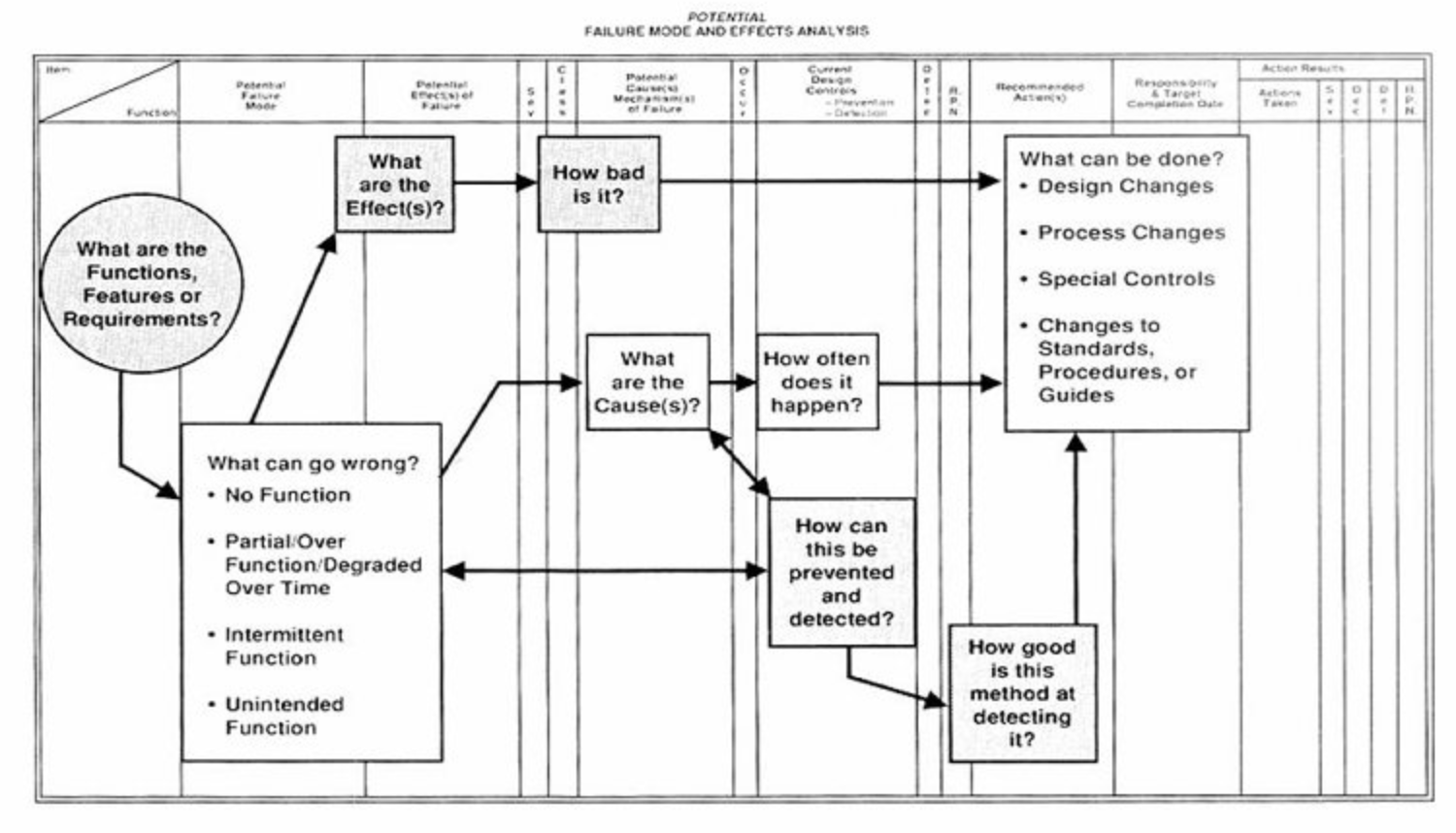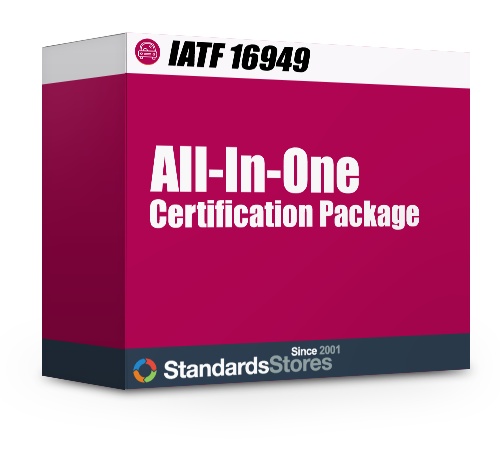Using FMEA to Manage Risk Under IATF 16949
FMEA: Failure Mode and Effects Analysis (FMEA) is a tool for identifying and managing potential problems and their impact.
What is FMEA?
FMEA stands for Failure Mode Engineering Analysis.
FMEA is a qualitative and systematic tool (usually used within a spreadsheet), to help organizations anticipate what may go wrong with a product or within a process. FMEA also helps identify possible causes of failures and the likelihood of failures being detected before they occur. FMEA is used across industries and is one of the best tools to analyze potential reliability problems early in the development cycle. It allows your organization to take actions and mitigate failures. The ability to anticipate issues early allows your organization to create a process that eliminates failures and to weave reliable, safe and customer pleasing features into the processes.
Learn more about FMEA with this tutorial:
What Does FMEA Accomplish?
FMEA helps companies identify and prioritize failures according to how serious their consequences are, their frequency, and the ease with which they can be detected. The purpose of conducting an FMEA is to take action to reduce or eliminate each potential failure. FMEA documents existing knowledge and actions companies are already using in their continuous improvement process and can be used to prevent potential failures with future processes and products. The results of a risk analysis are documented in an FMEA worksheet where they are used to help plan preventative measures, resulting in the production of safer automotive systems.
Resources for interpreting and documenting risks:
Where FMEA Can be Applied…
FMEA can be applied to other specific areas such as planning, testing/evaluating concepts, improving in-field reliability, software functioning and security, hazard analysis, human factors and service-based analysis, business processes and more. Preferably FMEA is used throughout the life cycle of the product or service.
The advantages of FMEA typically far outweigh the time and energy it consumes to pursue the process, including:
- Improving the overall quality, reliability and safety of a product/service/process
- Approaching the problem to prevent rather than correct later
- Reducing the cost of quality of product/service and system development time frames
- Catching potential errors early in the product life cycle
- Reducing warranty costs
- Improving company brand image and in turn share/ownership value
(See FMEA courses available for only $99 for a 5-hour course)
There are three major types of FMEAs:
Source: Effective FMEAs by Carl Carlson, John Wiley and Sons, publisher.
Similarly, the effects of this type of analysis is used to anticipate the effect of a given failure. Here’s an example using a component of a construction tool, in this case A pile driver which a typically large scale-device used to force support shafts/girders/poles into the ground, often as a foundational support for buildings, highways, bridges or similar structures.
Item: |
Pile driver main plunger |
|---|---|
Function: |
To provide vertical force to insert the desired object into soil at the desired depth and angle with the desired positional retention over time. |
Failure Mode: |
Main plunger contact facing with driven element cracks or fractures. |
Effect 1 |
The plunger shaft no longer contacts the driven element correctly causing damage to the element or the plunger shaft |
Effect 2 |
Plunger shaft jams and can no longer provide vertical movement |
Effect 3 |
No elements (poles/girders/support shafts) can be driven into the ground |
Effect 4 |
The driven element is deflected from the desired angle. |

Buy FMEA-related resources:
- FMEA-4 – (2008)
Potential Failure Mode and Effects Analysis (4th Edition) - IAQG Core Tools Forms on CD – 2008
Supplier Forms for APQP, PPAP, FMEA, etc., Version 5.0
FMEA is a living document that can be constructed, adapted and modified in a variety of different ways. Below is a summary of the steps included in an FMEA analysis:
- Select a process to analyze.
- Identify individuals from all departments with specific knowledge of processes, products and client needs to brainstorm potential failure modes.
- Describe the process and/or product in detail.
- Identify all potential failures. This includes all of the components, systems, processes and functions that could potentially fail to meet the quality or reliability standard and the potential causes.
- Identify all the potential consequences of each failure.
- Assign a severity rating (S) to each failure according to the significance of the impact it has. Severity is often ranked on a scale from 1 to 10, one being insignificant and 10 being catastrophic.
- Identify all possible root causes of each failure. Some companies use cause analysis tools in addition to the knowledge and experience of their staff.
- Assign each cause an occurrence rating (O). This is often rated on a scale of 1 to 10, with 1 being rare and 10 being inevitable.
- For each cause, identify current process controls that are in place to prevent these failures from impacting customers.
- For each control, assign a detection rating (D) to determine how well the controls are able to detect the cause or failure mode once they have occurred, but before a customer is affected. This is typically rated on a scale of 1 to 10, with 1 meaning the problem will be detected with absolute certainty and 10 meaning the control will most likely never detect the problem.
- Determine a risk priority number (RPN) based on the rankings (SxOxD) for each potential failure and rank them.
- Plan and implement changes to address the failures based on the RPN identifications.
- Measure and document the success of each process change.

Continuous improvement is a key element of the FMEA process in recording observed data and results regarding the potential for, and actual, failures. This process can be used as an input for the continuous improvement mandated by IATF 16949.
FMEA Resources
- FMEA Risk-Management Software
- FMEA Risk-Management Training
- Risk Management Exercise
- IATF 16949 Suggested Problem-Solving Skills
- ISO 31000 Risk Management Principles and Guidelines
FMEA database software can help companies easily manage the FMEA process. Sunday Business Systems’ FMEA software makes it easy to develop an efficient Quality Management System (QMS) and implement risk-based thinking required by IATF 16949. This collaborative, intuitive program helps companies identify and address failure modes and visualize data from each FMEA analysis.


